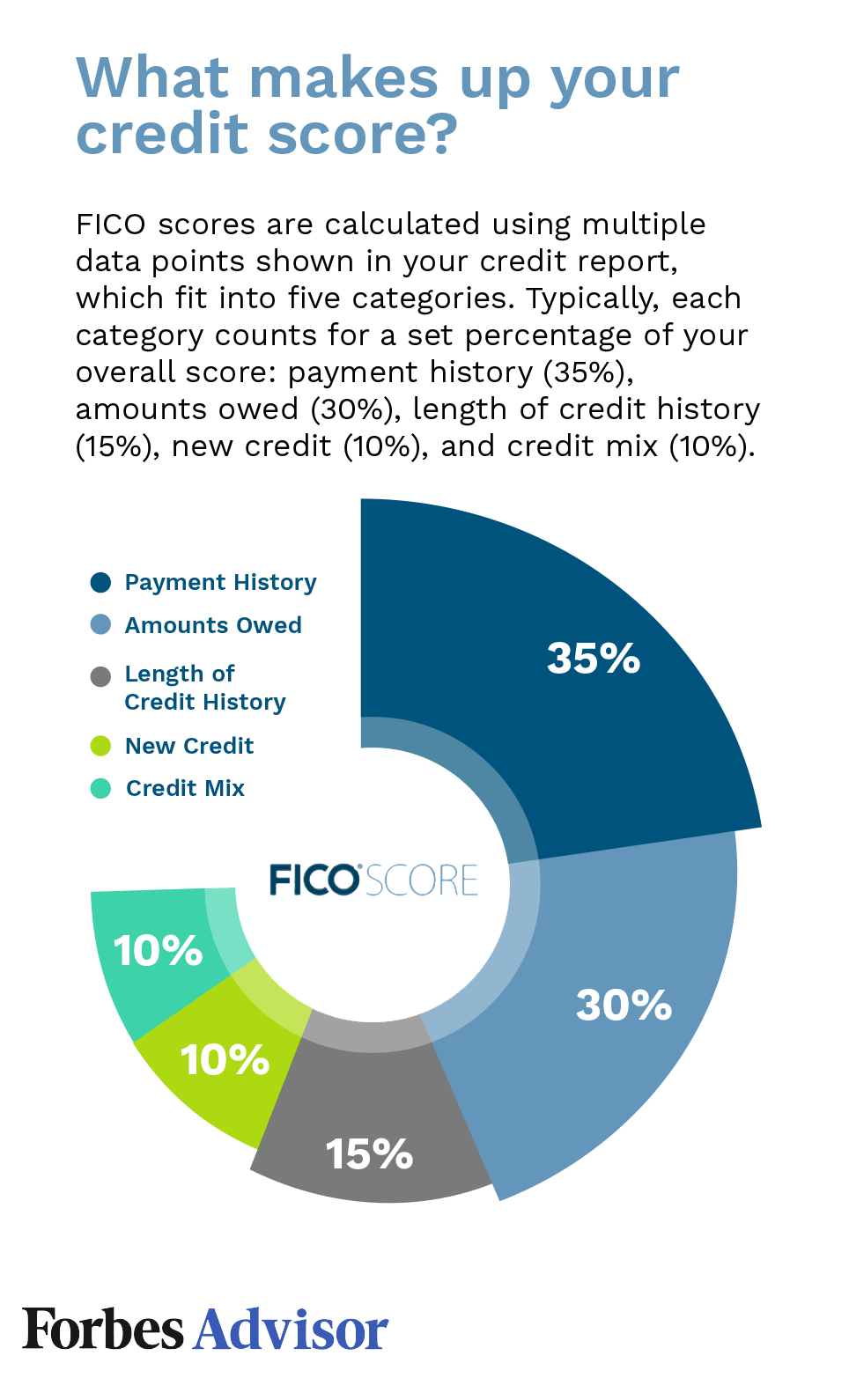
A low utilization ratio will result in the highest credit score. Schulz says this should be below 30%. In fact, it can get as high as 30% before it affects your credit score. Ideally, you should only use about 30% of your credit card limit if you have one, but you should try to pay off your balance in full every billing cycle. Here are some ways to reduce your utilization.
Low credit utilization ratio is better than zero debt
Because your credit score is dependent on the answer to this question, it is vital that you ask yourself whether a low debt utilization ratio is better or worse than zero. You can achieve and keep a high credit rating by understanding the reasons why it is important. A high credit score is essential to get credit when you need and to reach your financial goals. How can you determine if a low credit utilization is better than zero debt?
Paying off your outstanding balances is one way to increase your credit utilization ratio. Even though credit cards may seem appealing, they can make it more difficult to manage your finances. Avoid falling for this trap as it could have negative consequences on your financial health. Additionally, opening new accounts can reduce your credit score. However, it can increase your credit score by opening more accounts.

It's an indicator of managing finances
Your credit utilization can tell you a lot regarding how well your money is managed. It's not the only factor lenders consider. You also need to consider your credit balance. Low credit utilization rates are best. High credit utilization rates can indicate poor financial management. The good news is that below 30% is the ideal utilization rate. It is important to note that there are not any hard and fast rules regarding this metric.
Low credit utilization may indicate poor financial management. It can make it more difficult to get loans or credit cards. There are several options to lower your credit utilization. You can apply for additional credit. Creditors will generally increase your limit if you are responsible with your payments and aren't overspending because you have more available credit. Remember that multiple inquiries can lower your score.
It can affect your ability to qualify for a loan.
A lender will examine your credit utilization ratio if you are considering applying for a loan. This metric simply measures how much credit you use versus how much money you actually borrow. This means that if you have $10,000 in credit but only borrow $2500, your credit utilization rate is 20%. This ratio will be considered by lenders and you will have to prove you can afford your balances.
You have a few options to improve your credit utilization ratio. Pay off large-ticket purchases. Your credit utilization ratio can be lowered by paying off large purchase quickly. Do this before your credit card due date. This will avoid having your high utilization reported to the credit bureaus. Take action quickly only if you plan on applying for a mortgage in the near future and keeping your credit score as high as possible is important.

Calculating it
Credit utilization ratio refers to how much credit is used relative to total credit available. This ratio can be calculated by adding up all credit card balances. You can often find these limits by logging into your credit card account. Once you have these numbers, you can multiply them 100 times to determine your total credit utilization. If your credit utilization ratio is 50%, you are using half the credit available to you.
Your ratio can be improved by two simple, but effective methods: increasing your credit limit and decreasing your credit utilization. You should charge less than usual to make this safe. Using credit cards wisely will raise your score, and you'll be able to obtain credit at a lower rate. Here's how. This strategy will increase your credit utilization and prevent you from spending too much. Once you know how to maximize your credit limit you can start improving your credit score.